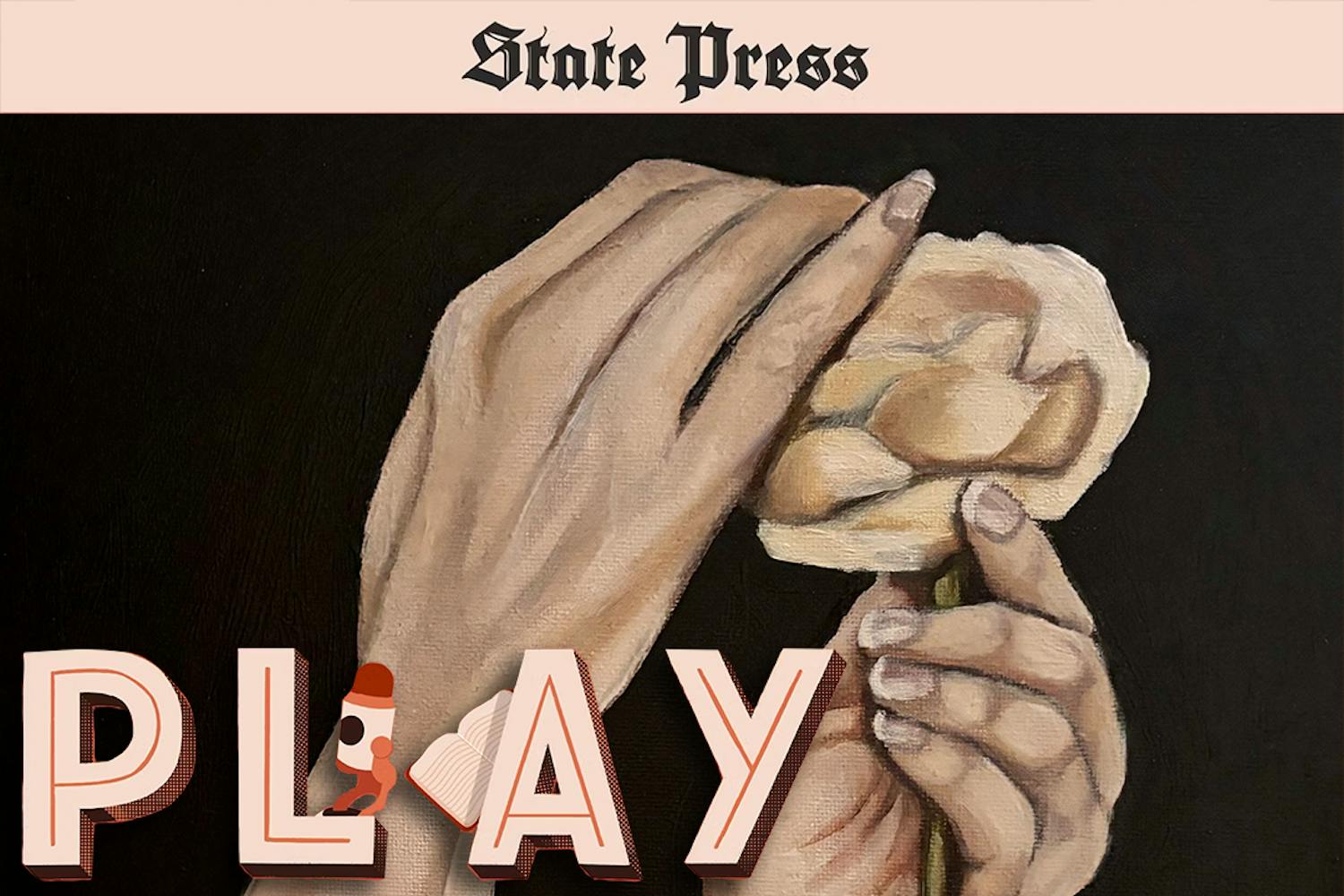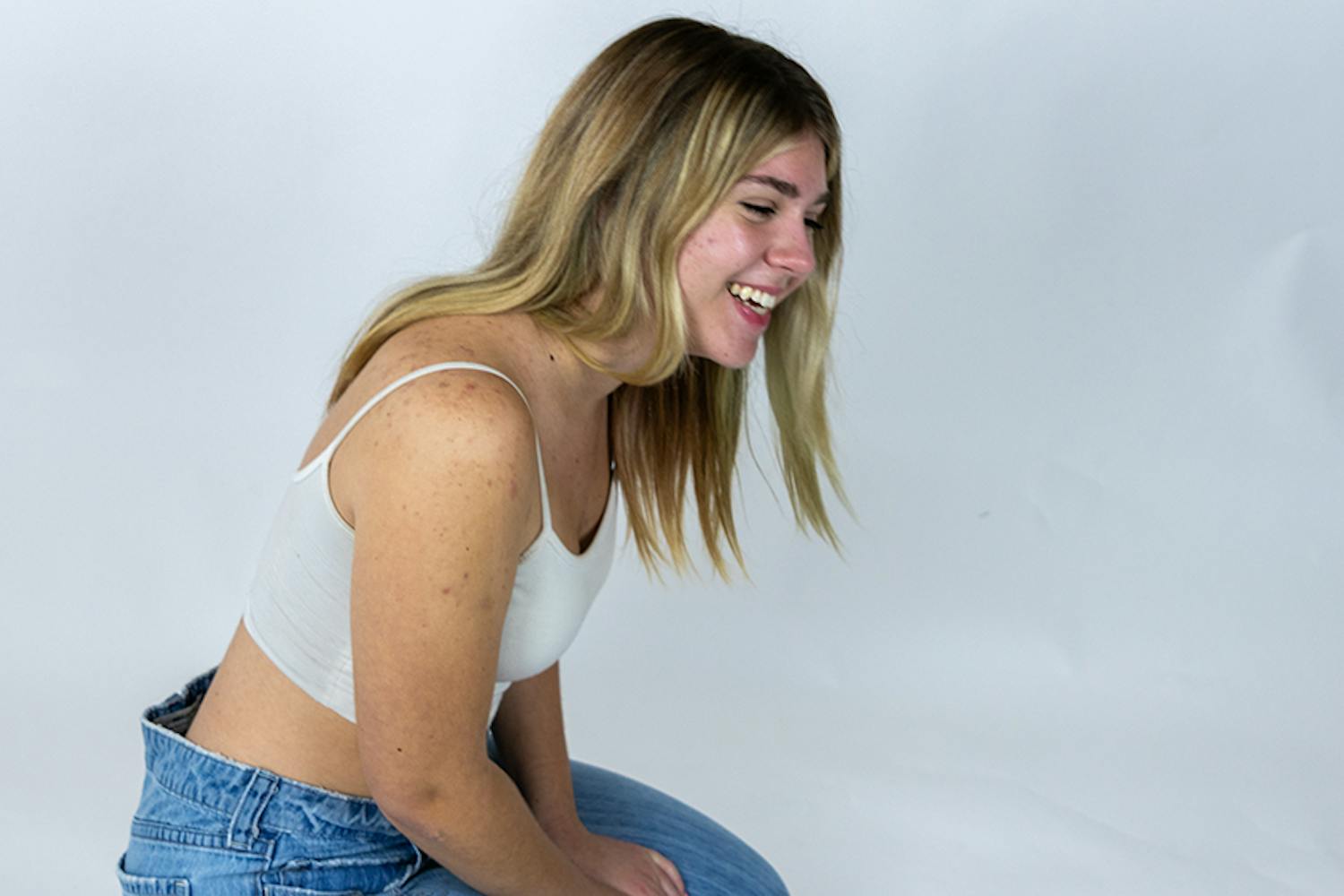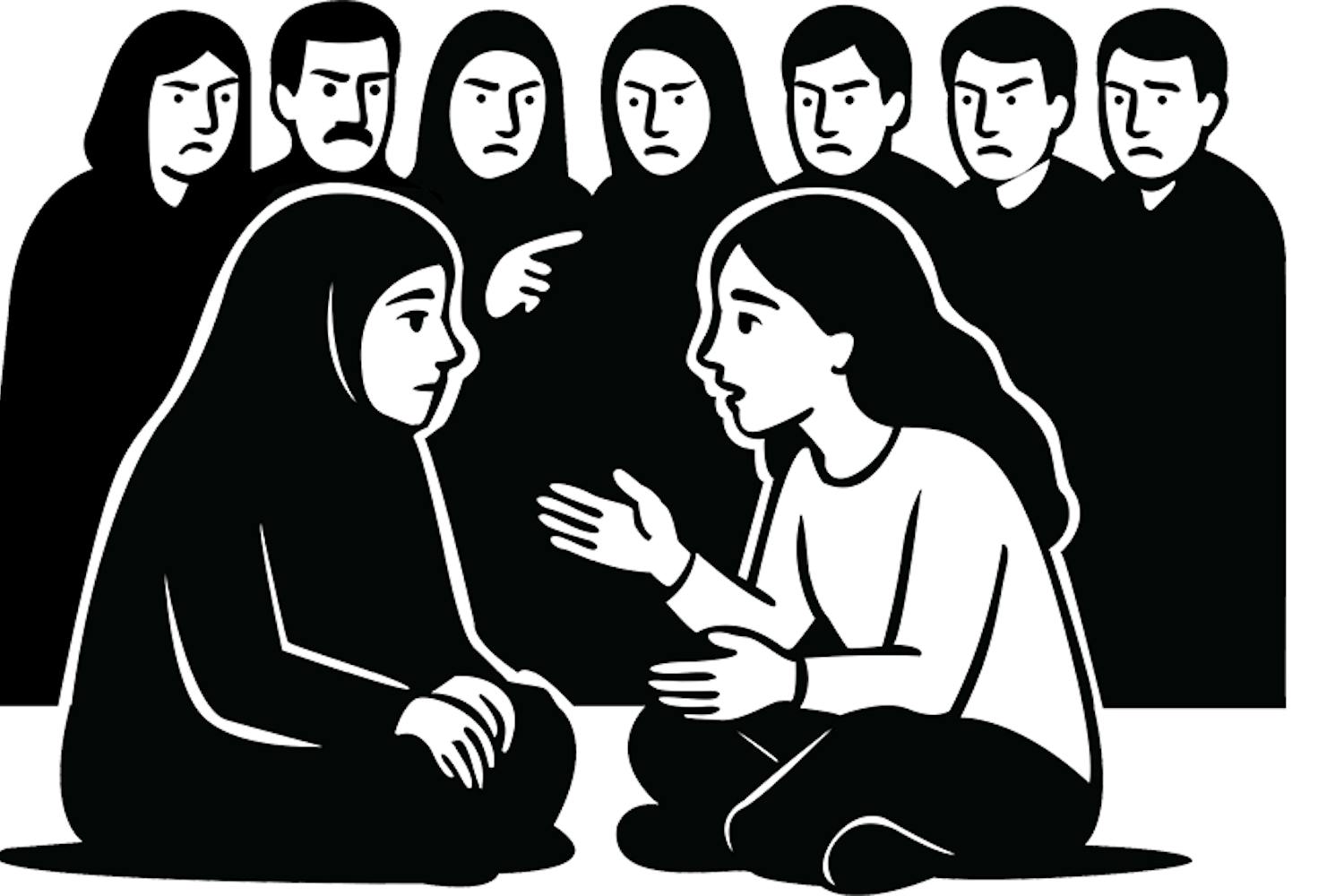A live Mariachi band, free tamales, and chips and salsa helped kick off the ASU Museum of Anthropology's seventh annual Dia de los Muertos exhibition Thursday evening.
The exhibit displays a wide variety of both traditional and nontraditional altars that portray the theme of the exhibit, "Transcending Borders."
The theme was a very natural selection, said Michelle Martinez, a faculty associate in the Department of Transborder Chicana/o and Latina/o Studies. The idea behind the celebration is about how thin the border is between the spiritual and material worlds, she added.
"The theme allowed the artists to use their creativity and merge traditional and contemporary altars," Martinez said.
Some works were dedicated to well-known story figures such as La Llorona and La Malinche, both women in Mexican folklore.
Other pieces included "Cyber Death," which is a decorated circuit board, and two installation pieces that use audio and visual projections.
"Love Transcends the Border of Death," is an altar dedicated to the artist's rescue dogs. This altar is decorated with a leash, engraved dog tags, pet toys and chewing bones.
Chloe Palmer's piece, "The Objects We Use," is about the unseen servitude in society. Her altar depicts a young girl kneeling in front of a bowl and an empty chair against a wall, waiting for someone to sit down so she can wash the person's feet. On the other side of the wall, however, the chair is attached to a man's back.
"We only think of one border here in Arizona," said anthropology junior Leslie Gluck. "This piece could really be anywhere."
The altars make a political statement and a statement about borders that people create, Martinez said.
"There are altars for women, soldiers and civilians who have been killed in war and victims of hate crimes," she added.
Gluck said she was surprised that so many different cultures donated their time and effort to creating an altar for the exhibition.
"I thought the majority of donations would be from Hispanics," she said.
Dia de los Muertos originated from the blending of indigenous Mexican and Catholic traditions.
"When the Catholics were spreading their religion, they would combine their traditions with those of the other cultures," Martinez said.
This blended All Saints' Day and All Souls' Day with native celebrations of the dead.
Today, Dia de los Muertos is celebrated differently in various places.
"In Mexico, especially in the rural areas, it is celebrated in a more personal manner," Martinez said. "People will clean graves and build the altar right on the grave."
In the United States, the celebration is more public, Martinez said. There are parades and the altars are more aesthetic.
The blending of these Dia de los Muertos traditions is what started the celebration in the first place, Martinez said.
The exhibition will be on display in the Museum of Anthropology until Jan. 15, 2007.
Reach the reporter at: jennifer.oconnor.1@asu.edu.



